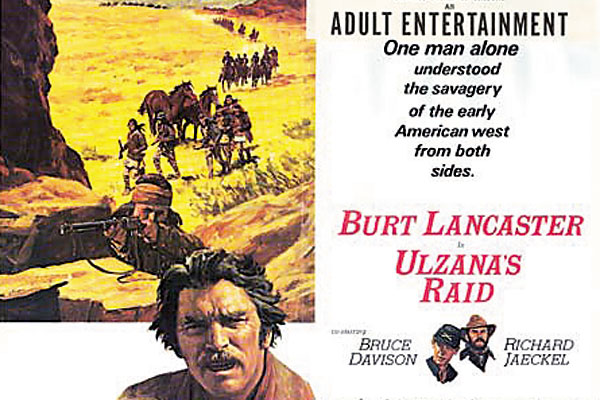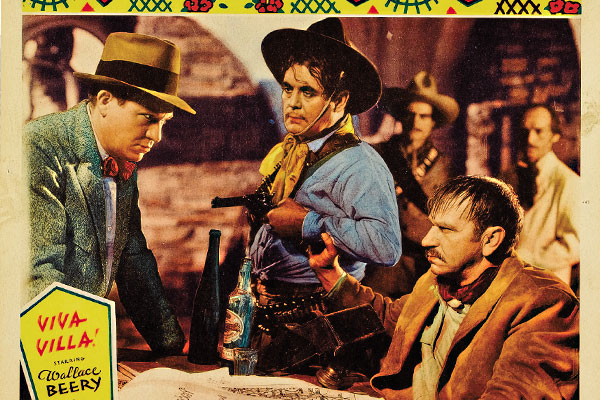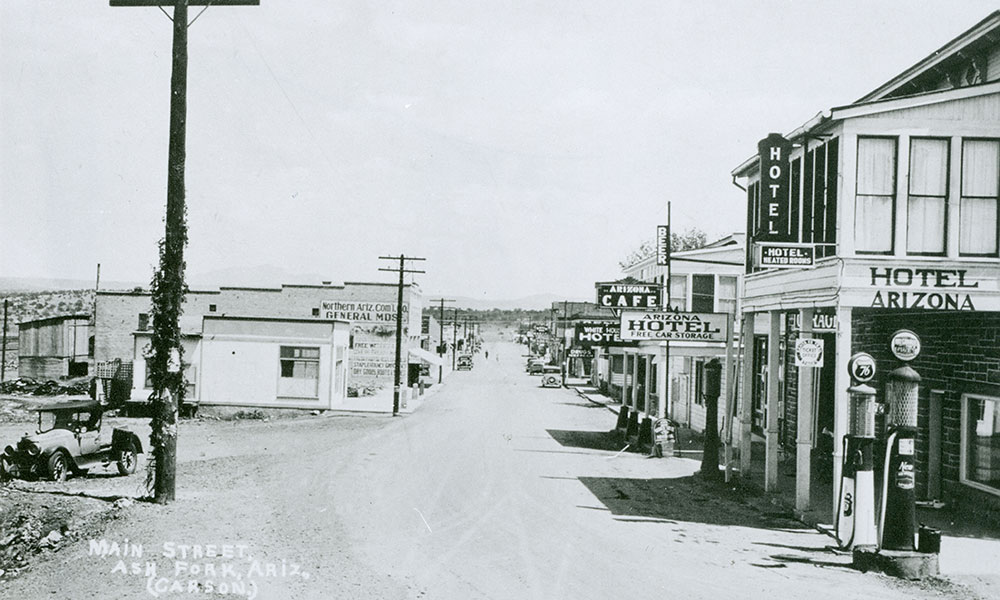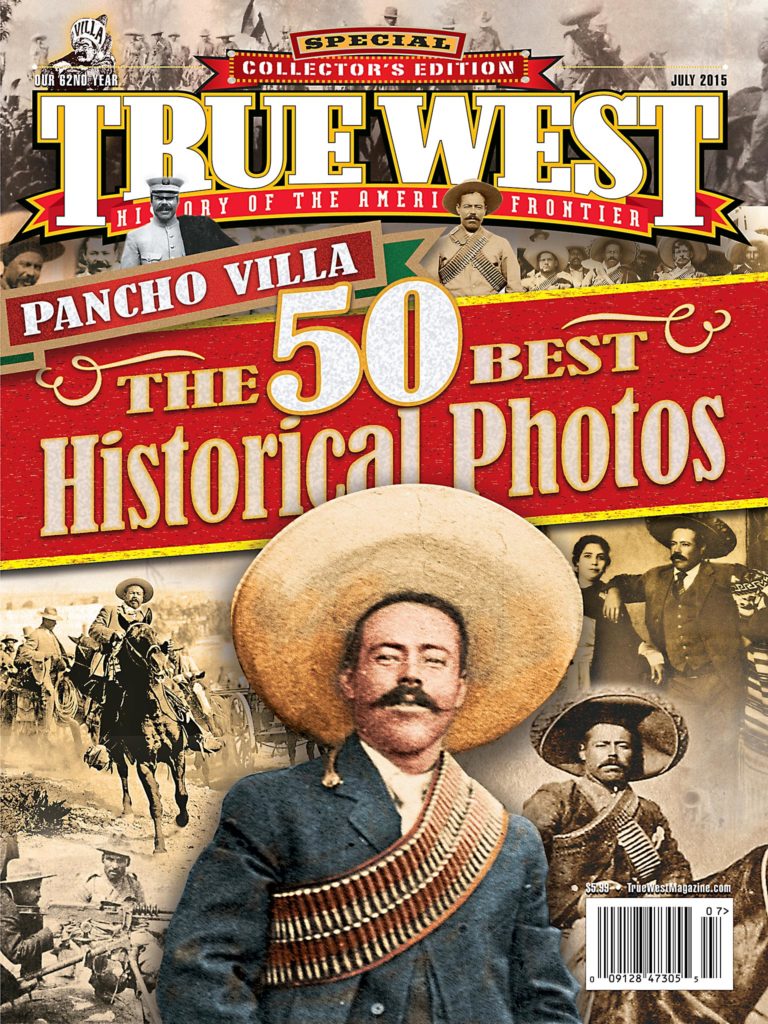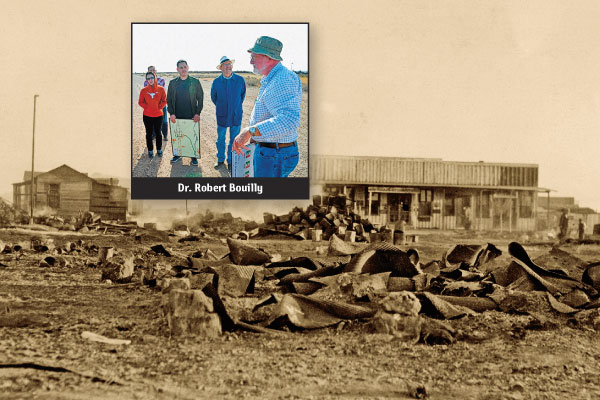 March 9, 1916, started out bad for the 13th Cavalry at Camp Furlong. Ignoring the warning that Mexican Revolution Gen. Pancho Villa was in the area, the soldiers were asleep when 400 to 500 Villistas rode into Columbus, New Mexico, around four that morning.
March 9, 1916, started out bad for the 13th Cavalry at Camp Furlong. Ignoring the warning that Mexican Revolution Gen. Pancho Villa was in the area, the soldiers were asleep when 400 to 500 Villistas rode into Columbus, New Mexico, around four that morning.
“They were completely unprepared,” U.S. Army Historian Dr. Robert Bouilly says.
“Some woke up and fought back with baseball bats.”
By the time the soldiers got to their guns, Villistas had killed or wounded 26 Americans, burned down much of the town and stolen about 300 rifles and shotguns, 80 horses and 30 mules—giving Villa supplies for his fight against Mexican President Venustiano Carranza.
Villa did suffer more than 100 casualties, a heavy price—and oh, what was to come after he retreated south of the border?
“What do you get out of the raid?” Dr. Bouilly asks. “You get the Pershing Expedition and the first use of airplanes [and truck convoys] in a combat situation.”
The U.S. Army studies this 99-year-old raid as a way to help prepare modern soldiers. For the past 15 years, Dr. Bouilly has developed materials for a “staff ride” made by each noncommissioned officer at the U.S. Army Sergeants Major Academy at Fort Bliss in El Paso, Texas.
About 500 students a year participate in the three-part ride. “There’s the study phase, where they read about the raid; then a walking tour of the battlefield, where there are 12 stations and at each, they have to tell what happened; and the integration, where they report on lessons learned,” Dr. Bouilly says.
Most Army bases study historical battlefields to learn from past mistakes. For instance, students at West Point’s U.S. Military Academy study the September 17, 1862, Battle of Antietam—the bloodiest one-day battle in American history.
Dr. Bouilly doesn’t buy the theory that Villa attacked Columbus to avenge an arms deal gone bad. His research has led him to believe Villa thought the raid would help destroy President Carranza.
“I think he wanted to create an incident where maybe American troops would follow him into Mexico and maybe that would destabilize the presidency,” he says.
Villa succeeded in provoking an American invasion, not to depose Carranza, but to go after Villa. Carranza stayed in power as the president of Mexico after a new constitution was proclaimed in 1917.
What lives on is the continued study of Villa’s pre-dawn raid by modern American soldiers, who will take the lessons learned into battles fought on behalf of our nation.
Arizona’s Journalist of the Year, Jana Bommersbach has won an Emmy and two Lifetime Achievement Awards. She also cowrote and appeared on the Emmy-winning Outrageous Arizona and has written two true crime books, a children’s book and the historical novel Cattle Kate.


